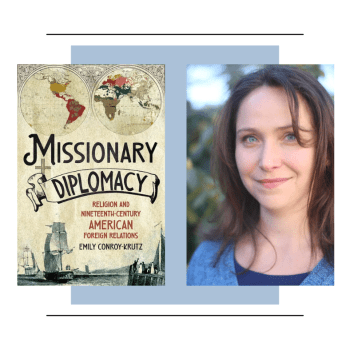Everyone seemingly wants to be an author, and most authors want to promote their books. We want to sell copies, of course, but we also want to promote the ideas within our books. The best piece of advice I can offer regarding book promotion is that if you wait until your book is published to think about book promotion, it is too late.
I have written before about platforms and publishing, which remains a controversial topic among authors. On one extreme, some authors (especially academics) seem to think that their book should stand or fall on its own merits, so they scoff at promotional techniques. On the other extreme, some authors seem to be all about (self) promotion, so that they churn out vacuous or deceptive content but still sell tons of books because they’re so good at marketing.
A middle way seems right. The most important thing about a book is that its content is helpful, challenging, and/or edifying. It can be all those things, however, and if no one reads it, no one will benefit from it. Moreover, if no one reads it, presses will be less inclined to allow you to produce more helpful writing later.

Those of us on social media, especially Twitter, have all seen the classic mistakes that authors make in book promotion. Their book comes out…and then they join Twitter! Their feed is all about…THEIR NEW BOOK. They use Twitter bots to get tens of thousands of followers…TO BUY THEIR BOOK. Similarly, authors spam random e-mail recipients, or start blogging, or start an author e-mail…but in the end, most of these last-minute strategies do virtually nothing to get people to buy your book.
Really, almost no strategy that starts with trying to get people to “buy your book” works. Instead, good platform building starts years ahead of time and is not primarily focused on selling books, even if publishing and selling books is part of your larger strategy to expand your audience and influence.
There’s no one right way to build your platform, and people naturally gravitate toward some methods more than others. But at the moment there are three primary ways to connect and communicate with prospective readers. When the time comes to publish and promote your book, you’d do much better to have some or all of these in place, rather than trying to start from scratch on a publication date.
1. Blogging, op-eds, podcasts, and other regular, free items you share with readers and followers. Blogging allows you to produce relatively rapid-response perspectives on current discussions or news items, and influence those discussions. Some successful authors rely mostly on blogging to communicate with their audience. I think of Rod Dreher as an example – I started reading his blog years ago, and also picked up his book Crunchy Cons. When his book The Little Way of Ruthie Leming came out, there was no doubt I would pick that up, too, because he had become one of my favorite authors. The same will be true of his new book on Dante. As far as I know, Rod does not have an author website, or an author e-mail list, but the blog-centered model works fine for him.
2. Social media. Depending on what kind of audience you want to connect with, you’ll employ different social media outlets. For me, Twitter is #1, and Facebook #2. Twitter is the best arena for me to find and interact with people who share my common interests in topics like evangelical Christianity and the history of the American founding. Again, you can’t just bust into the room on Twitter and start clamoring for people to buy your book. But if you’re interested in connecting with people, sharing good content with them (from a variety of authors and sources), and generally being a helpful presence in online discussions, people will appreciate it and listen. Social media is also an obvious place to share content you develop under the previous heading of blogs, etc., but you’d better do a lot more than just sharing your own content if you want to be part of a discussion.
3. E-mail list. This is probably the least often tried, but perhaps the most effective method of directly connecting with readers. The reason is that while you never know how many people will see your blog post or any given tweet, you can pretty much assume that people will see your author e-mail, if only to see and delete. But they will see it only IF (a big if) they opt to sign up for your newsletter. (Tim Grahl has really helpful material on how to build an e-mail list.) You must not spam people, and indeed it is illegal to do so in many cases. But it is hard to build an e-mail list unless you’re already active in areas #1 and #2. Building an e-mail list is also a powerful argument for why you would want to have a dedicated author website where readers can sign up – having such a website is a good idea, but not one that I have spent much time on, to be honest.
That last comment serves as a good reminder that few of us can do everything in platform building, especially if you do not bring in assistants and consultants to help you. This is not a zero-sum game – some very effective platform-builders mostly focus on just one of these methods. But the three main areas of platform-building do tend to work better together, and time invested in them will result in bigger audiences, broader influence – and probably better book sales, when your next book is published.
[Friends, you can sign up here for my Thomas S. Kidd author newsletter. Each newsletter will update you on what’s happening in my writing and in the world of American religious and political history. It will contain unique material available only to subscribers, and each will help you keep up with my blog posts, books, and other writings from around the web. Your e-mail information will never be shared. Thanks!]












